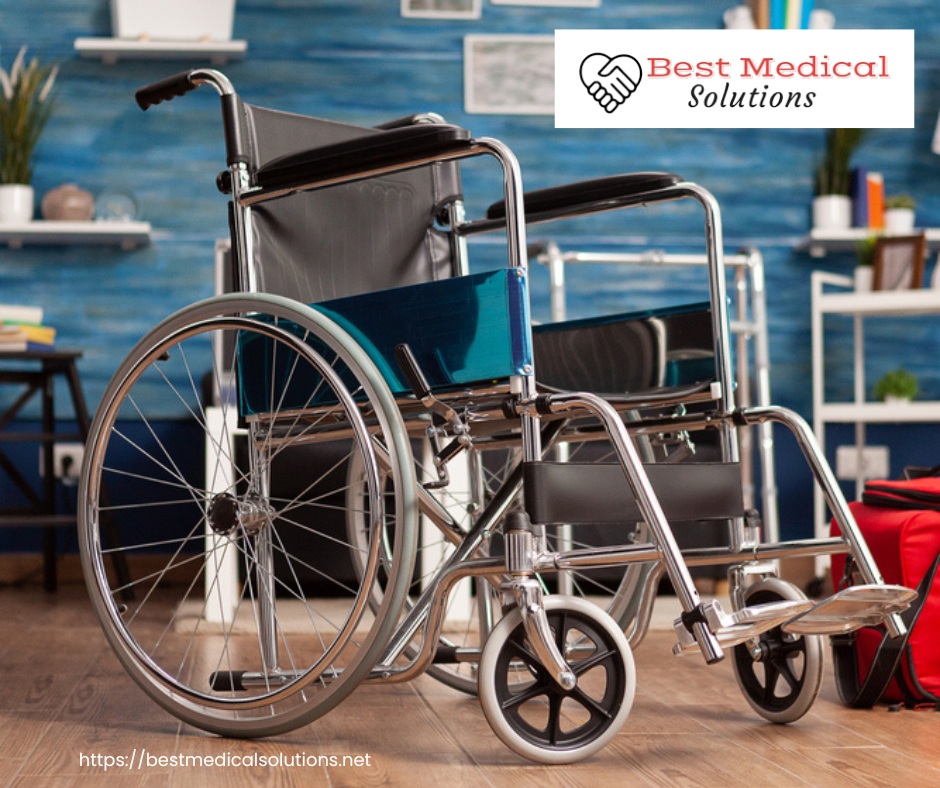
In healthcare, Durable Medical Equipment (DME) plays a pivotal role in improving the quality of life for countless individuals. From wheelchairs and braces to respiratory devices and orthopedic aids, DME helps patients regain mobility, manage chronic conditions, and maintain independence. However, the effectiveness of DME greatly depends on one crucial factor: proper fit.
In this blog, we'll delve into why properly fitting DME is paramount for patients and how it can make a significant difference in their healthcare journey.
The Role of Properly Fitting DME
- Enhanced Comfort
One of the primary benefits of properly fitting DME is enhanced comfort. Imagine using a wheelchair that's too small or too large for your body. The discomfort and strain on your muscles and joints can be excruciating, potentially leading to pressure sores and other complications. When DME fits correctly, patients experience greater comfort, allowing them to go about their daily activities with ease. - Improved Functionality
Properly fitting DME ensures that it functions as intended. For example, orthopedic braces or supports that fit snugly can provide better stability and support for injured or weakened limbs, aiding pain management and healing. - Prevention of Complications
Ill-fitting DME can lead to various complications, such as skin irritations, ulcers, or even worsening of existing medical conditions. For instance, poorly fitted compression stockings may not effectively manage edema, increasing the risk of complications like deep vein thrombosis (DVT) - and a proper fit can help prevent such complications. - Safety First
Patient safety is paramount, especially when it comes to DME. An ill-fitting device can pose risks, such as falls or accidents, which can further complicate the patient's condition. Properly fitting DME reduces these safety concerns while promoting a secure and stable patient environment. - Compliance and Adherence
Patients are more likely to adhere to their treatment plans when they have DME that fits comfortably and functions properly. Non-compliance due to discomfort or inconvenience can hinder recovery and overall well-being. Correctly done DME encourages patients to use their equipment consistently as prescribed.
Getting the Right Fit
Ensuring that DME fits properly involves several essential steps:
- Professional Assessment:
Consult with a healthcare provider or specialist to assess your needs and measure for the correct size and type of DME. - Customization:
For a customized DME tailored to your unique body shape and requirements whenever possible. - Regular Check-Ups:
Periodic evaluations of your DME by a healthcare professional can help ensure it continues to fit correctly as your condition evolves. - Education:
Learn how to properly use, adjust, and maintain your DME to optimize its functionality and lifespan.
Properly fitting DME is not just about comfort; it's about improving patients' overall quality of life, enhancing their safety, and supporting their journey toward better health. Whether you're a patient, caregiver, or healthcare provider, prioritizing the fit of DME can make a profound difference in the effectiveness of treatment and the well-being of individuals relying on these vital devices.
For more information on DME, visit our website https://bestmedicalsolutions.net, or call 817-585-1772.
Remember, when it comes to DME, one size does not fit all, and a personalized approach can lead to better outcomes and happier, healthier lives.
